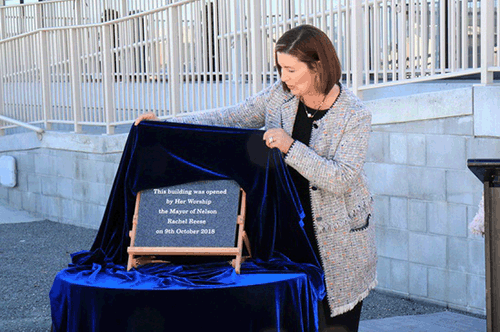Cawthron focus on kina-shell meds and improving fish farming
King salmon make up only around 0.4 percent of the worldwide salmon industry. As a result, most salmon farming related research has been carried out on Atlantic salmon, a species that sits within a different genus to king salmon. King salmon are a significant aquaculture species in New Zealand, representing around 32 percent of the industry’s total revenue. Researchers at Cawthron say there is opportunity to increase this further by helping industry to better understand this species.
Drs Serean Adams and Jane Symonds were on TVOne news in October, discussing a research project at the new $8M Finfish Research Centre, which aims to find solutions for improving the efficiency of king salmon and reducing the impact fish farming has on the environment.
Serean and Jane are part of a team assessing around 4,000 king salmon in the facility as well as conducting research at marine and freshwater salmon farms throughout the South Island of New Zealand to learn more about this species, including its nutritional requirements.
Cawthron officially opened their new Finfish Research Centre in early October.
Kina’s medical potential
It seems that kina are not just a tasty seafood delicacy.
Cawthron Institute’s Dr Matt Miller was on Maori Television in October, where he talked about his research into the potential medicinal benefits of wild-harvested kina – in particular, the potential of bioactives within the shell.
“The one [bioactives] in the shell is really new and we've got to do a lot of discovery to find out what it can do. There’ve been some reports in the literature but we want to get down and deep and we want to find out if the kina that we have here are something different to the rest of the world.”
Kina shells contain bioactives that could be effective in treating diabetes and metabolic syndrome. Dr Miller is extracting these and working with Massey University scientists on further development.
This research is part of a collaboration between Cawthron Institute, Hikurangi Enterprises, East Coast hapū, and Massey University, and is funded by the Sustainable Seas National Science Challenge.
To find out more about recent research work at the Cawthron Institute, please see their news page.
Date posted: 12 December 2018

